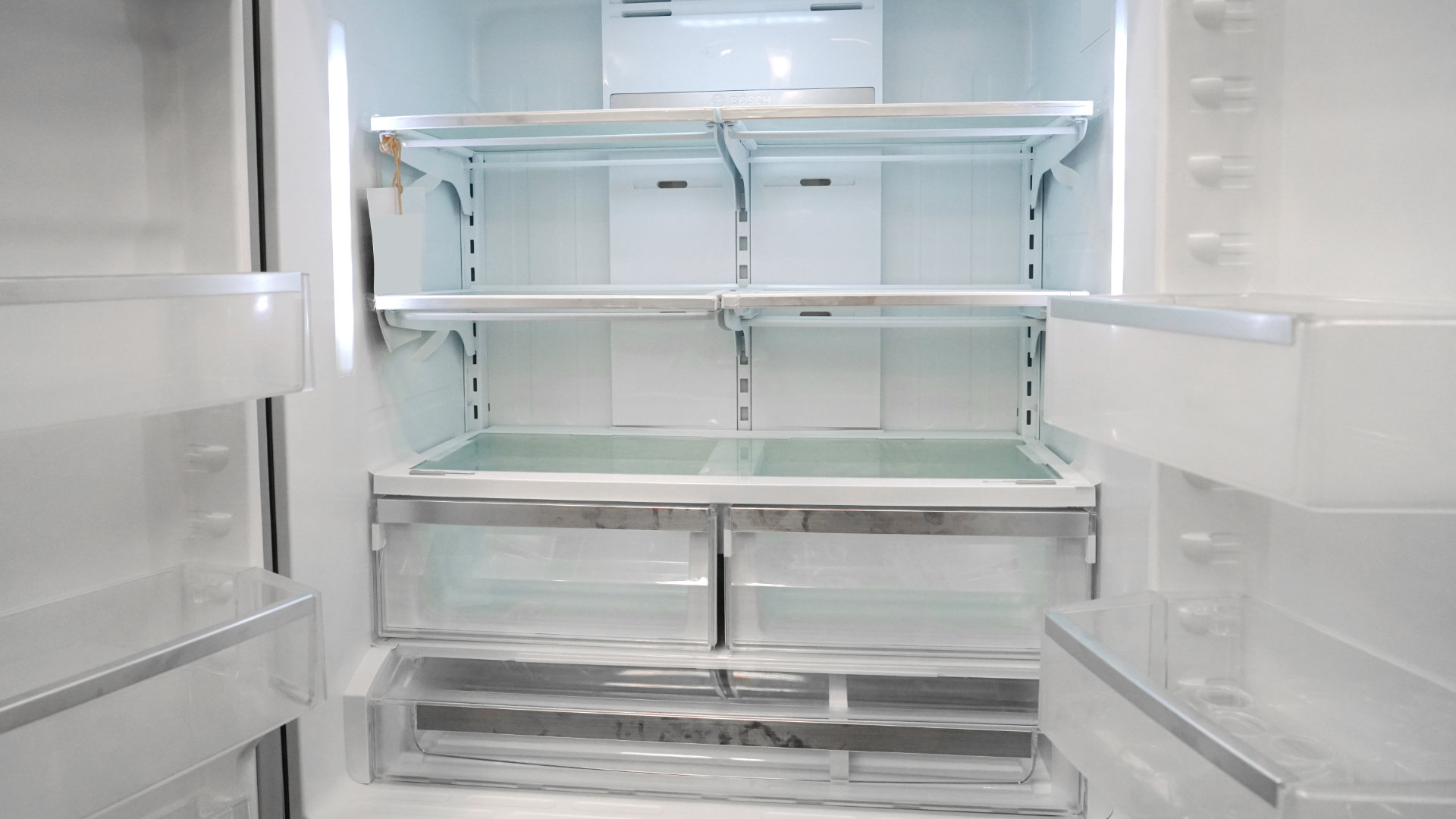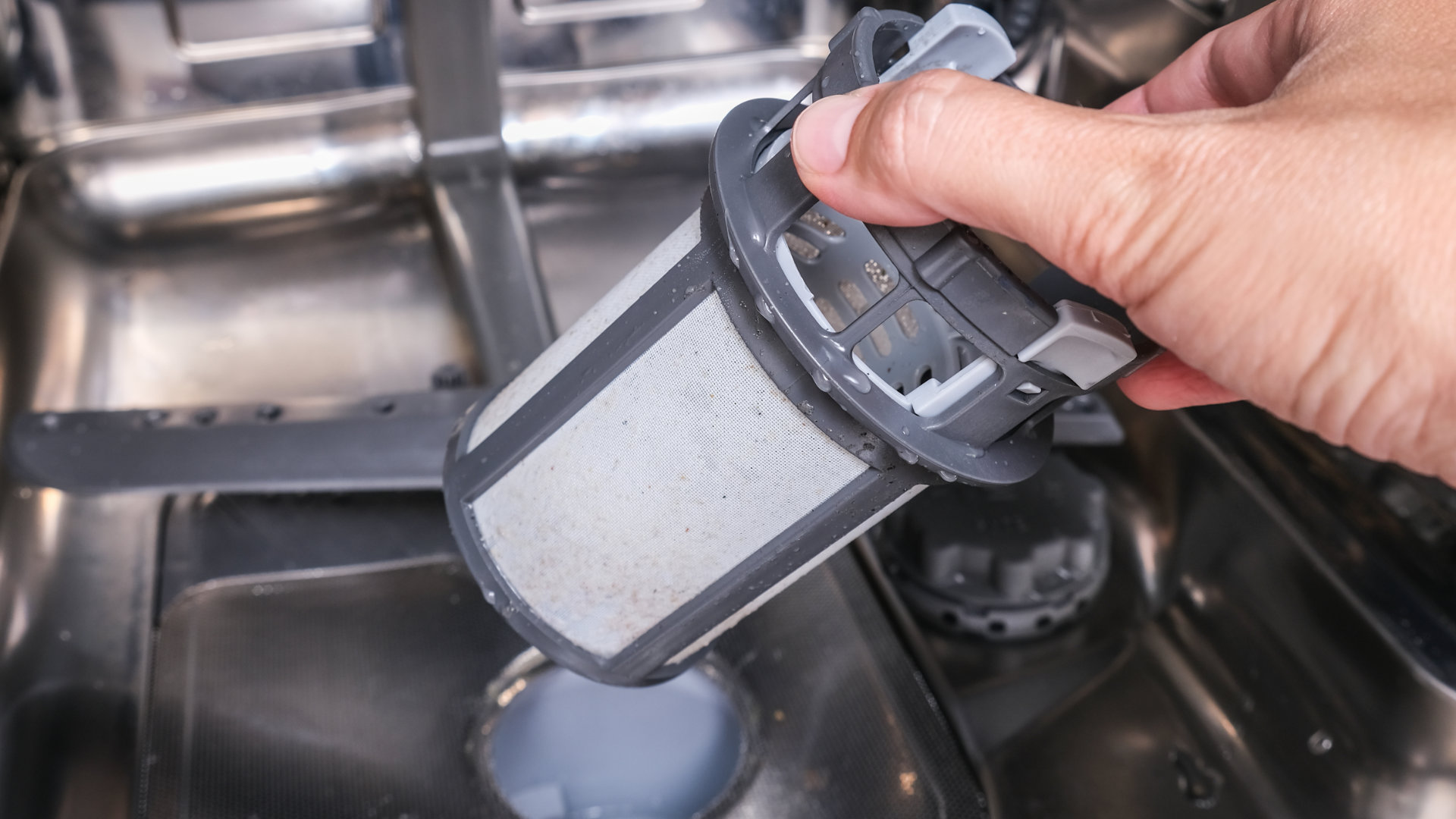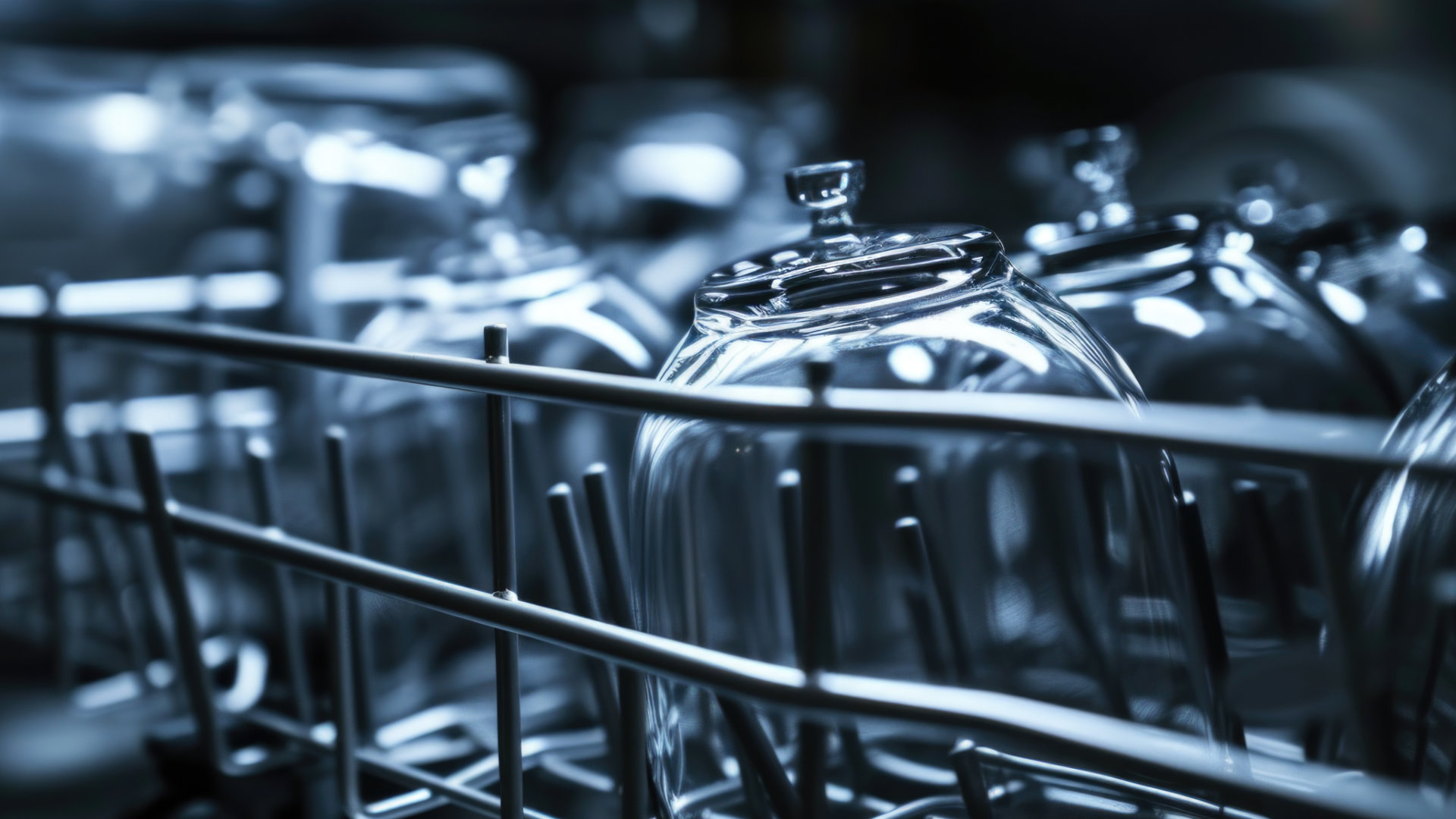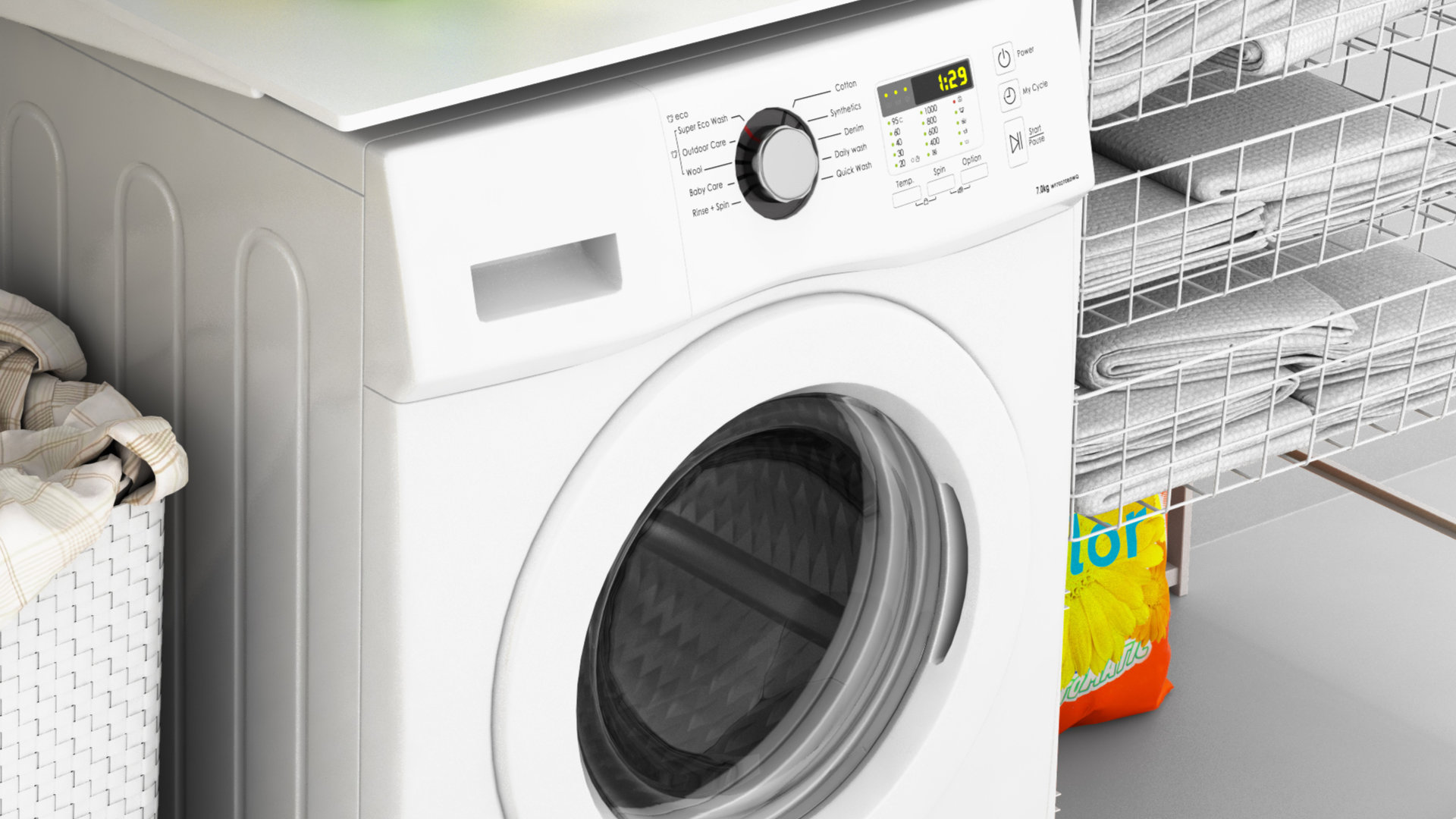
Your washer and dryer are supposed to work together to get your clothes conveniently clean and fluffy within about two hours. Part of that is that the washer spin-wrings your clothes to get most of the water out before they go into the dryer. After all, your clothes were just swishing around in soapy water for at least half an hour. The wring-out is done by spinning the drum very, very vast. The centrifugal force pushes the water droplets out of the drum and toward the drain. This is why your clothes are only damp when they move to the washer. It helps the dryer do a more efficient job pulling the last of the moisture out and adding warm fluff.
So what’s up with a washer that leaves clothes sopping wet when the cycle is finished? This is a clear sign that something is seriously wrong with your washing machine and it is need of repairs. Your washer might have water still standing in the washer or load of laundry so soaking you can hardly move it from the washer to dryer. Why does this happen? There are five good reasons that split into smaller reasons for you to choose from. Investigate each to find out what your solution is.
Underpowered Spin
The first and most likely suspect is that your washer’s spin is somehow underpowered. If there is no standing water but the clothes are sopping wet, this means that they weren’t spun fast enough to throw out all the water. Unless you’ve accidentally set the washer to a slow-spin setting, then the problem may be mechanical.
- Belt
- Motor Pulley
- Clutch
- Tub Bearings
Your washer has four possibilities for a weak spin. The belt is what is used to spin the drum quickly, posting on a series of pulleys and connected to the bottom or back of the drum to provide torque. The motor pulley is essential for enacting that torque on the drum. The clutch is a critical part of the motor assembly and the tub bearings ensure that the drum can spin smoothly no matter how fast it is going. If anything happens to one of these aspects of the washer, you may experience wet clothes and critically low spin-speeds. An appliance repair technician can open up your washer and determine which component is the problem, then replace it so your washer is ship-shape again.
Oversudsing and Suds Lock
Oversudsing is when you put so much detergent into the washer that it overflows with bubbles. Oversudsing is the source of most washing machine jokes. Oversudsing can cause soapy clothes and soapy water on the floor. However, it can also cause a suds lock. A suds lock is when the soapy bubbles form a slippery air-pocket between the clothes and the wall of the washer tub. So when the tub spins, the clothes slip through and spin much more slowly because the soap is in the way of contact and friction.
Reduce the amount of detergent you put in the washer. Make sure you’re using HE (high efficiency) soap if you have a front-loading or HE-labeled washer. These are designed for a different concentration and amount of washer detergent to run correctly.
Not Draining Correctly
Drain problems are a perfectly reasonable cause for soaked clothes after a washer cycle, and a problem you’ll need to solve ASAP. If a washer can’t drain the soapy water it washes with, then that water returns or stays in the tub. Clothes sit in a tub full of water and of course, they are soaked when the lid or door is opened. There are three things that frequently cause washer drains not to clear.
- Clogged Drain
- Weak Drain Pump
- Drain Siphoning
The first option is a clogged drain. This is an easy situation that a home plumbing snake or just clearing the drain filter could cure. Alternately, you can call an appliance repair technician or a drain specialist to ensure that your drain is clear.
A weak drain pump means that your washer is not efficiently pumping water out of the tub as it spins away from the clothes. This is a different kind of backup and will likely need to be remedied with a new drain pump.
Drain siphoning is when the washer accidentally pulls a little bit of water back into the tub from the drain. This can add extra water to the end of a spin-cycle load and re-soak the clothes at the bottom of the tub.
Loose Water Inlet Valve
It is also possible that your washing machine has an internal leak, so that water is always dripping into the washer tub and soaking the clothes. The water inlet valve is the valve that determines whether the water flows into the washer from the hot-cold tap in the wall. If the inlet valve is loose, it drips into the drum. Enough dripping can have a serious soaking effect on your clothes. Tighten or replace this inlet valve and your problem may be solved.
Cycle Control Problem
The last option is that your washer is experiencing a control panel problem. For example, it might ve failing to trigger the spin cycle. Or the timer never quite reaches the spin cycle before stopping. There are also certain triggers, as an open washer door, that can slow or stop the spinning. You might have a set incorrectly, outdated software, or damaged hardware. You never know until you test.
Loose Door Latch
Test the door latch. Make sure it closes firmly and that the door switch works. If the door can shake open, even a little bit open, while the washer spins then the spin cycle might be regularly interrupted when you wash clothes.
Shaking Out the Power Cord
It may sound silly, but check to see if your washer is plugged in. If not, do. If the plug looks or feels loose, push it home and secure it. Sometimes, the shaking of a washer combined with a tight power cable can wiggle the cable right out of its socket. It’s best to be thorough.
Control Panel Malfunction
The last option is, of course, that’ it’s the control panel itself. This could be a hardware or software issue, but the control panel is the last place to look when no other source of a malfunction or change in appliance behavior asserts itself. Did you find the solution you were looking for? If so, congratulations! If not, contact us or check out more of our helpful how-to appliance articles.

How to Reset a Whirlpool Refrigerator Ice Maker

6 Reasons Your LG Refrigerator Is Not Making Ice

Kenmore Fridge Ice Maker Not Working? 5 Ways to Fix It

How to Remove Fish Smell from Your Refrigerator

How To Fix Bosch Dishwasher E24 Error

Troubleshooting a Whirlpool Dishwasher Not Draining

Why Is Your Fridge Water Not Working, but Ice Is?

How to Fix the E15 Bosch Dishwasher Error Code

How Much Power Does a Microwave Use?

How to Properly Clean Refrigerator Coils

How to Fix an LG Washer Showing OE Error Code

Troubleshooting a GE Dishwasher with No Power and No Lights

10 Reasons Why Your Bosch Dishwasher Won’t Start

Troubleshooting the F5 Error Code with a Maytag Washer


